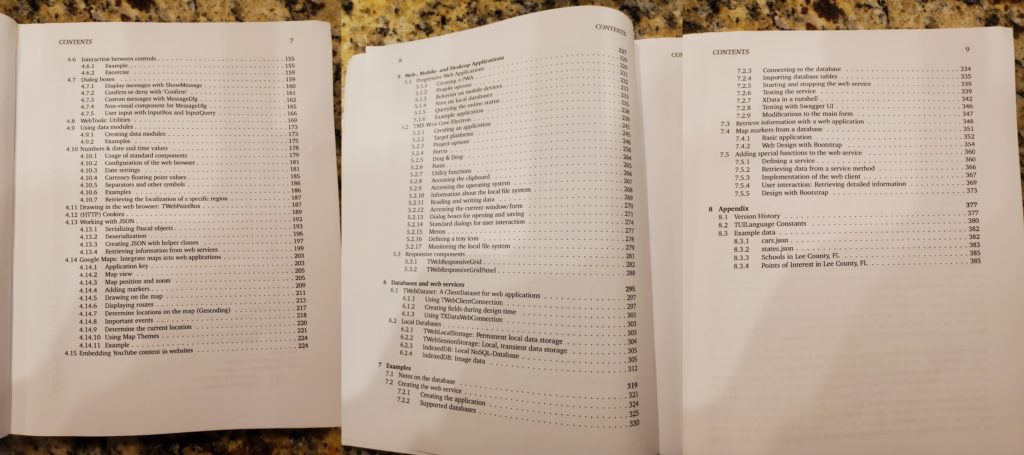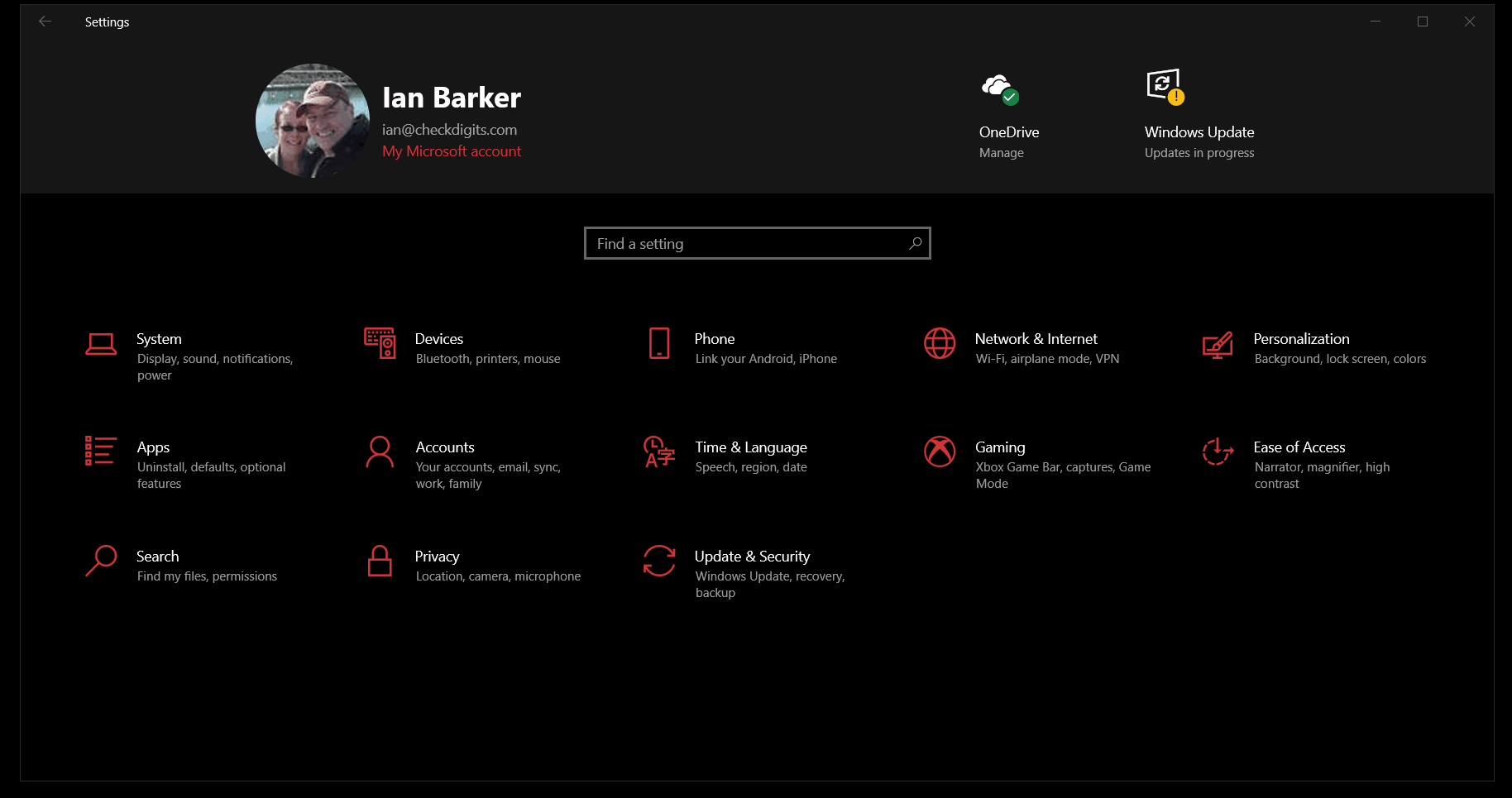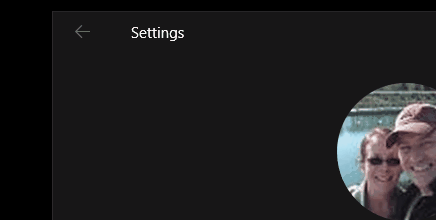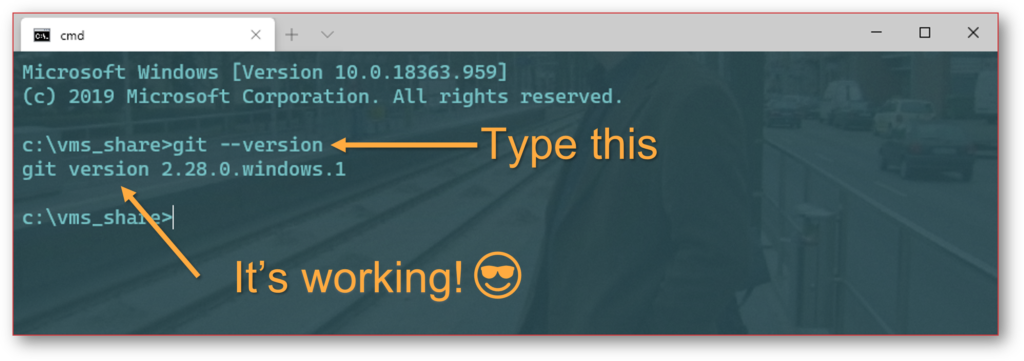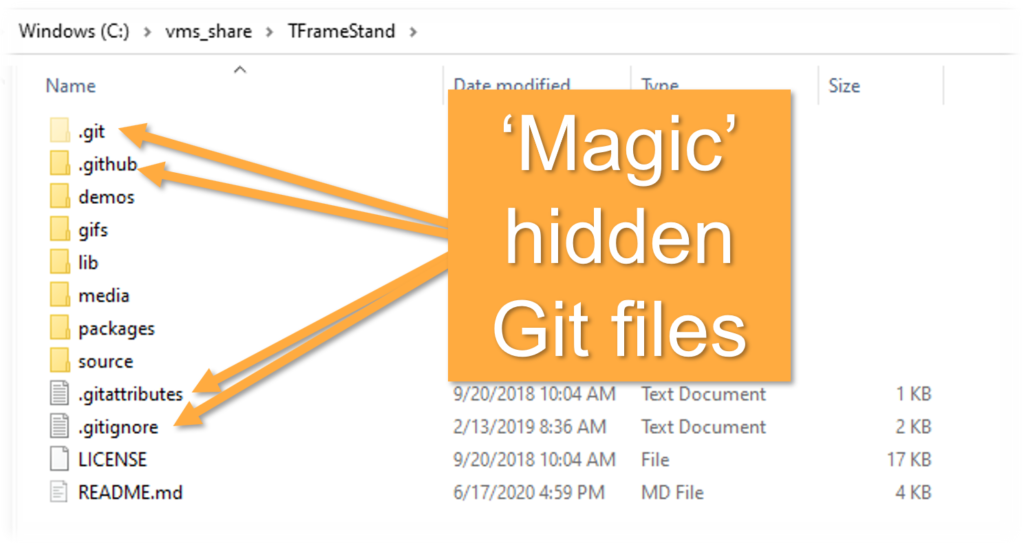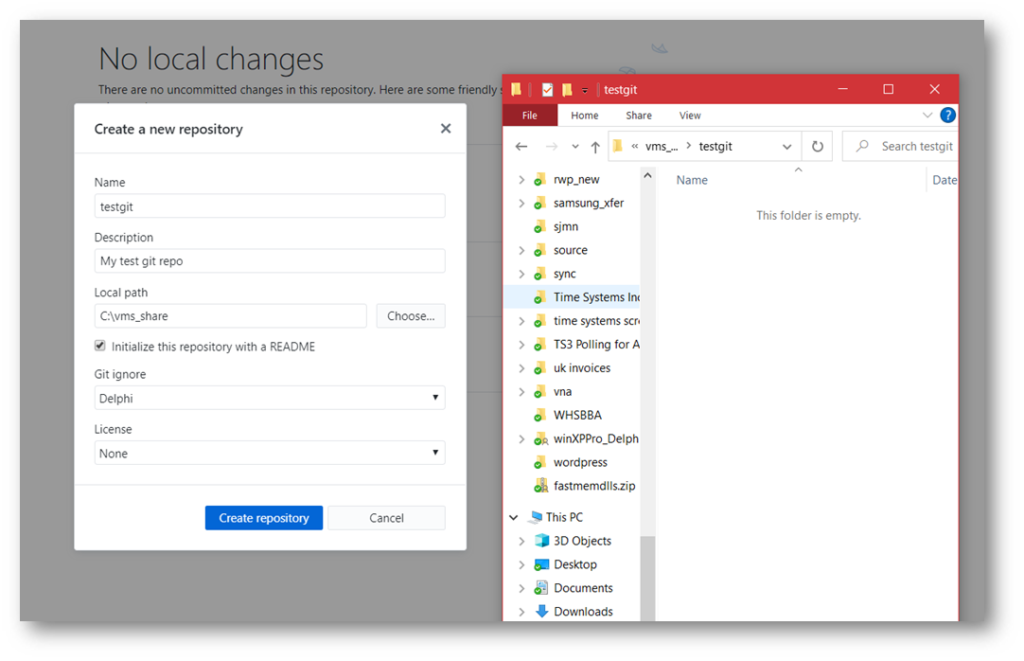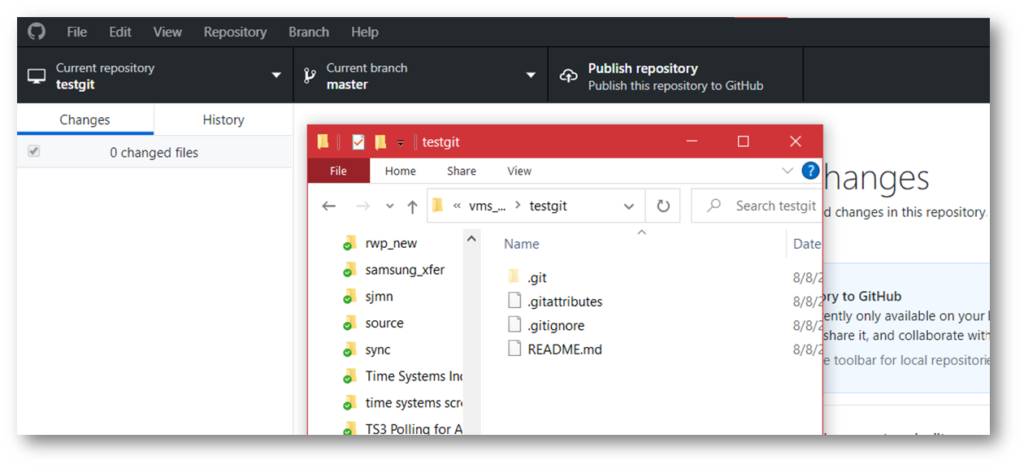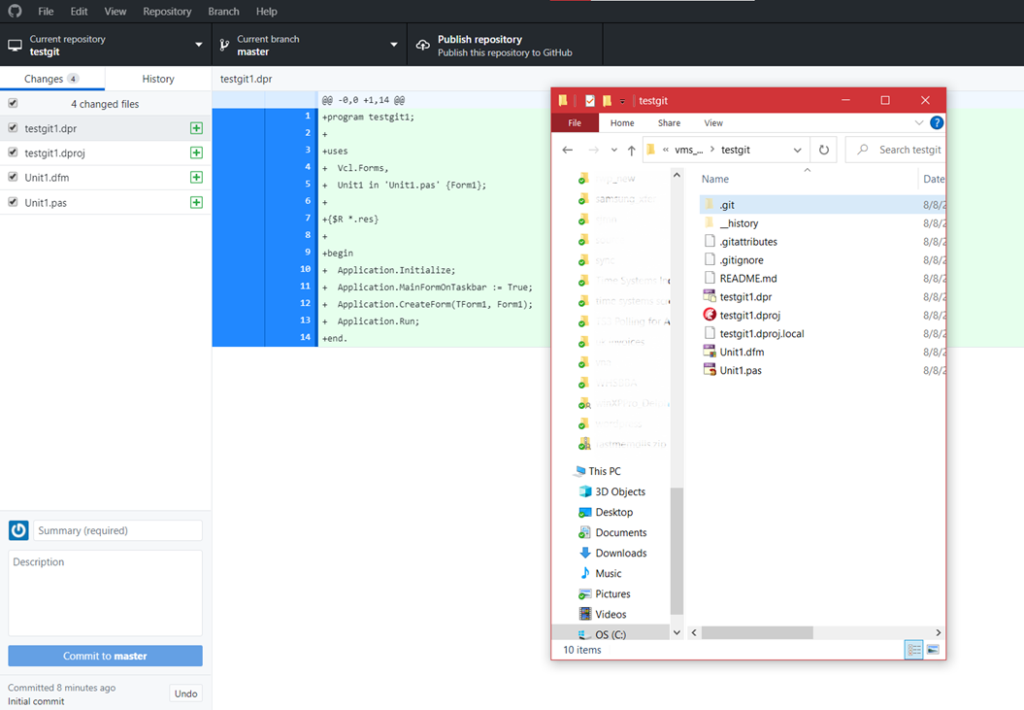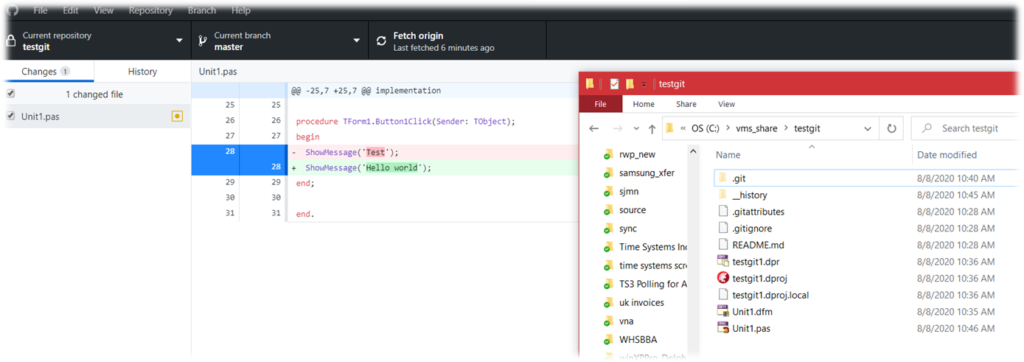Delphi things planned for November
I thought I’d put a quick post here, partly as a reminder for me and partly to whet your appetites, for planned upcoming Delphi things in November.
On the 17th November is the “DelphiCon Worldwide 2020”. I am not doing any sessions for this as there was a specific limited and smaller cadre needed but there are some more events planned and I will be involved in them. You can read all about DelphiCon and register here: https://delphicon.embarcadero.com
Due to COVID-19 sucking all the joy out meeting up in person CodeRage has morphed a little into a new beast and it’s going to be a more hybrid offering of things like DelphiCon and a collection of related webinars.
I am planning:
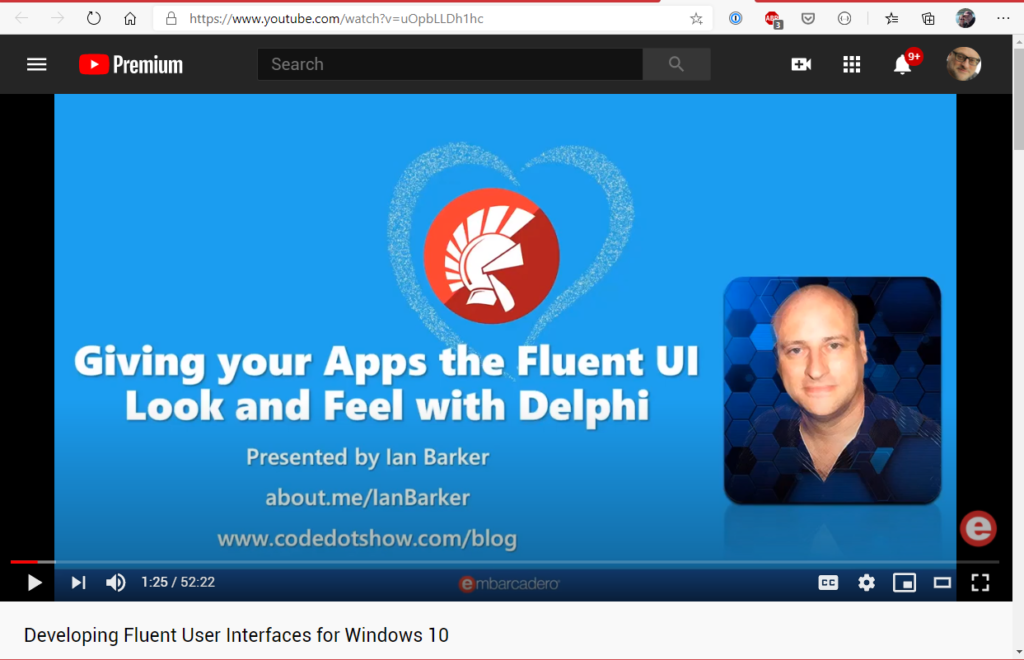
A follow-up “How to use the Fluent UI look and feel with your Delphi apps” presentation. This will follow on from my previous session for the Desktop First Summit – Developing Fluent UI Apps with Delphi. This turned out to be a pretty hot topic with a lot of positive feedback. As I promised in the presentation I’m going to do a follow-up – a part two if you like – of how to actually code the Fluent UI look and feel in Delphi. The first presentation was specifically created for the Desktop First UI Summit and since we knew there were going to be a considerable number of visitors to that summit who were not Delphi ‘people’ I tried to keep the actual showing of the Delphi code to a minimum so as not to alienate them.
The Fluent UI with Delphi Part Two follow-up in November will be much more heavily code-focused with lots of video of the actual RAD Studio Delphi IDE with links to the Delphi / Object Pascal code to make it happen. I’ll also cover the components I used plus I think I might take a stab at trying to reproduce at least part of the effects using pure FireMoney FMX code.

Also, following in the theme of follow-ups I’m going to do a part two video of using Git with Delphi. This will build on my first video on the subject: Using Git Source Control with Delphi. You’ll find it, like the Fluent UI video, at the top of the Welcome Page in the RAD Studio IDE if you have it turned on.
For the follow-up I want to cover the actual Git workflow, branches, pull requests, merge requests, using GitHub issues for bug/change request tracking and other “how to actually use Git for real” type things. I notice on the Embarcadero Events page that fellow Delphi MVP Patrick Prémartin has a webinar planned for December 29th on the same subject. His presentation will be in French but I’ll try and get in touch with Patrick and see if we can’t co-ordinate some of the content.
Also, planned in November are some book reviews:
- Books 1 and 2 by Holger Flick. I’ve already covered Holger’s excellent TMS Web Core book but blow me down if he hasn’t got at least two more to read and review. He’s a scarily prolific writer of demonic proportions. Clearly he never sleeps.
- I have my hands on a copy the new Delphi book by the wonderful Alister Christie of LearnDelphi.tv fame. Surely by now you’ve seen at least some of Alister’s education videos? He’s been doing it for YEARS and he’s now distilled some of his epic knowledge into a book called Code Faster in Delphi.
- And just because I can I’m also in the middle of going through a whole bunch of on-line educational courses from Wagner Langraf of TMS business components fame, especially XData. It’s going to take a little while to whip through the content since it’s extremely comprehensive but I reckon I’ll be able to produce a creditable review some time in November.
I have other things in the pipeline plus the usual heavy ‘day job’ workload – and to add to it November is personally a busy month since it includes the 11th anniversary of me emigrating from England and coming to live in the USA. It is also my wedding anniversary, US Thanksgiving (a big deal here, even with a pandemic) and my birthday too. Does real life not realize I have important Delphi things to do instead of celebrating and having fun?
Oh and the small matter of the US Presidential Election on the 3rd November too. At least I voted early so that’s one less thing to do. Election night promises to be a nail-biter. ?
Anyway – I’m off to get back to coding in #Delphi!




